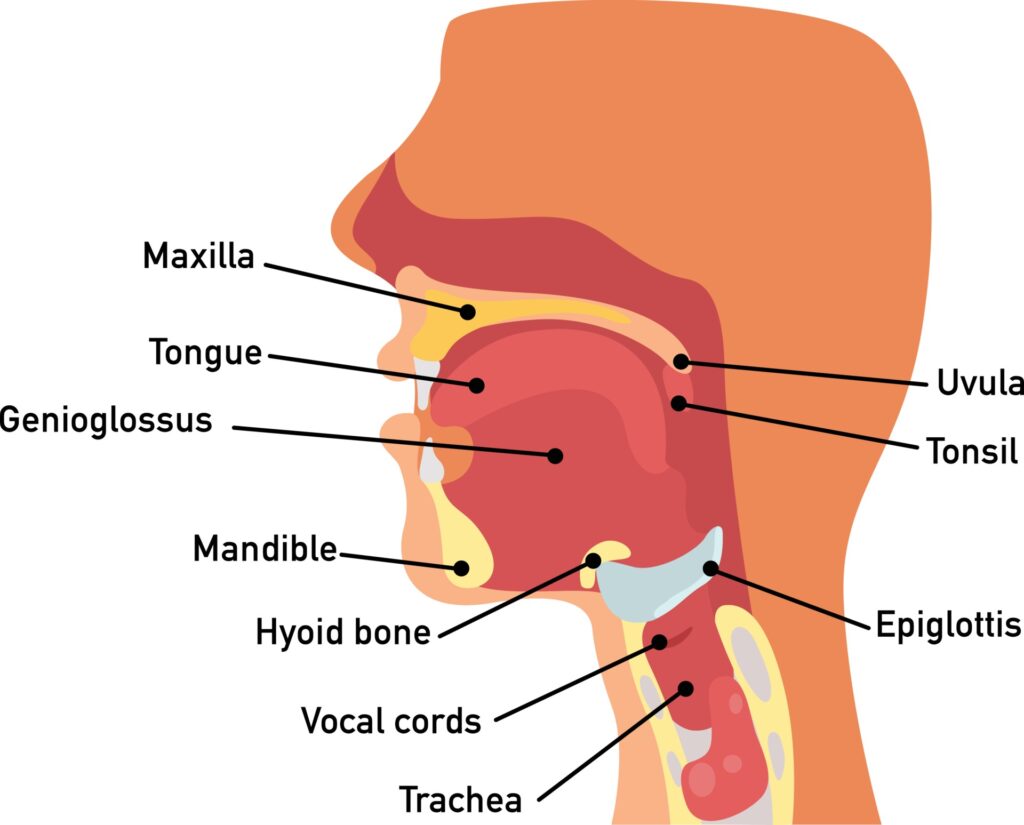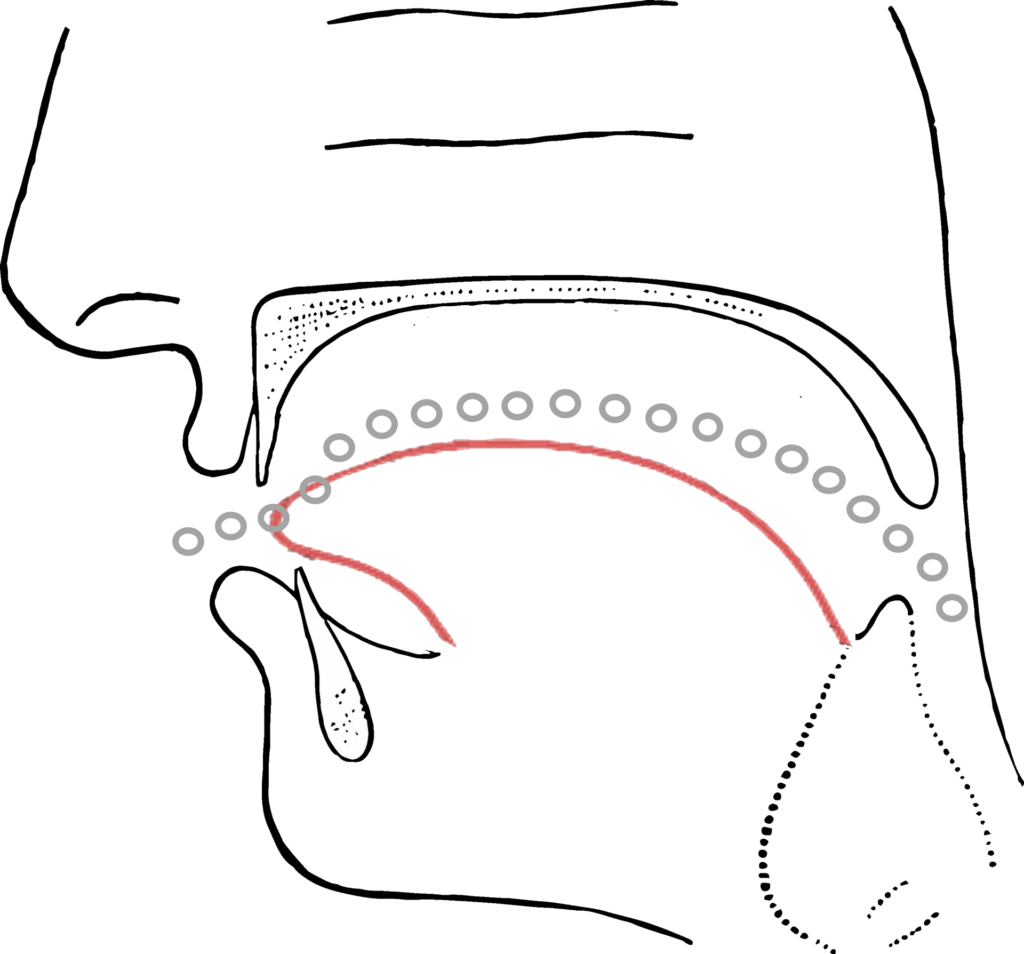
It is normal to struggle with pronunciation when you are learning a new language, particularly if you are learning as an adult. Does this mean that learning new sounds is impossible? No! It is always possible to learn new sounds at any time of life. What changes is how you learn sounds. The way a child learns and the way an adult learns are not the same. Teachers must use strategies that are appropriate for the age and level of their students.
In my teaching practice, I normally teach adult learners. This blog post is based on my experience with helping adults learn to pronounce the “th” or /θ/ sound.
Often, the first question I am asked is whether it is really all that important to pronounce the “th” sound correctly. The answer is “Yes!” Will native speakers be able to figure out what you want to say even if you don’t pronounce the “th” sound correctly? That depends on the word and the context. Your listeners may be able to guess what you meant, but there is always the risk that they won’t understand you, or even worse, they’ll hear a word that is not what you intended.
The “th” sound is distinct in English. This means that you can have words that are different by only this sound. Those words will have completely different meanings. Let’s take a look at these four words:
thank
tank
dank
sank
If you switch the “th” sound with “t”, “d”, or “s”, you end up with a different word. Your listener might be able to guess what you mean, but it’s possible that they won’t. Even if they do figure out what you meant to say, mistakes like this are distracting and can cause your listener to lose track of what you are talking about.
Why do People Find the “th” Sound So Difficult?
The “th” sound is a challenge for many students of English. The “th” sound is rare in world languages. Only about 4% of the languages in the world have this sound. That means that most people who learn English as a foreign language will have to learn this sound. They will not already know it from their native language.
When you learn a new language, there are usually new sounds that you must learn to hear and produce. This may seem impossible, but don’t be discouraged. It is 100% possible. I have successfully taught many students to produce this sound. You can do it, too.
How do I Make the “the” Sound?
So what is the best way to learn the “th” sound? The first thing to notice is that the “th” sound has 2 forms. There are two ways to make the “th” sound. The mouth movement is the same for both. The first way is “unvoiced”, which means that the vocal cords don’t vibrate. The sound is just air. The second way is “voiced”, where the vocal cords vibrate.
An example of unvoiced “th” is “thin.” An example of voiced “th” is “this.”
Try lightly resting your fingers at the base of your throat. This is an easy way to notice if your vocal cords are vibrating. Try saying an unvoiced sound like “s.” You can feel that it’s just air. There is no vibration. Try again with a voiced sound like “z.” Now you can feel some movement. That is your vocal cords vibrating.

So how do you learn to make the “th” sound? We will start with another sound that you know and that is very close. The closest sound to the unvoiced “th” is “s,” as in “sun.” When we make the “s” sound, the lips and face are relaxed, the mouth and teeth are slightly open, and the tip of the tongue is close to the upper teeth (but not touching them). “S” is a very relaxed sound.
The easiest way to make “th” is to start with “s” and make a few changes. Make an “s” sound. Then, open your teeth a little more and let the tip of your tongue rest between your teeth. The sound is made by squeezing air between your tongue and teeth.

Remember to keep your face relaxed! If you get tense, you will change the sound. To see a video of what the correct movement is, please check here:
https://soundsamerican.net/article/consonant_sound_voiceless_th_as_in_think
The closest sound to the voiced “th” is “z”. Follow the same steps that we just showed. It is a good idea to practice this sound in front of a mirror. If you can see the tip of your tongue, you are on the right track.
Let’s Practice!
Let’s practice some words with “th” at the end. These are a little easier. Here are some words that end with an unvoiced “th.”
with
breath
hearth
bath
Here are some words that end with a voiced “th.”
bathe
breathe
lithe
Now let’s do some words with “th” at the beginning. Here are some words that start with an unvoiced “th.”
thin
thick
thank
thought
Here are some words that start with a voiced “th.”
this
that
then
they
those
It is common to substitute other sounds such as “t”, “s”, “d”, “z”, or “f” for the “th” sound. This is problematic. When you don’t make the “th” sound correctly, you can easily change one word into a different one. This will make you hard to understand at best, and at worst will leave your listeners totally confused.
Here are some examples of how you can change a word by substituting “th” for another sound:
| th | t | d | s | z | f |
| thank | tank | dank | sank | ||
| then | ten | den | Zen | fen | |
| they | day | say | fey | ||
| thin | tin | din | sin | fin | |
| think | sink | zinc | fink | ||
| thing | ding | sing | zing | ||
| thick | tick | sick | |||
| thought | taught | sought | fought |
The words in these examples are completely unrelated to each other, so if you substitute another sound for “th” there is a risk that you will not be understood.
So what is the best way to learn this sound? The first step is to learn to hear it. You can do this by listening to pairs of words that rhyme. For example, “thank” and “tank”. They are different by only one sound. The first has “th” and the other has “t”, but the other sounds are all the same. By listening to these types of pairs, you can train your ear to hear the sound.
Here are some sites that have pair practice with audio files:
https://www.englishclub.com/pronunciation/minimal-pairs-f-th.php
https://www.englishclub.com/pronunciation/minimal-pairs-s-th.php
Training your ear to hear a sound is the key to producing it. To produce a sound, we depend on our memory of the sound. If your memory is incorrect, you won’t be able to produce the sound correctly with any consistency. Once you have a good memory, you will be able to hear if you said the sound correctly or not. This gives you the ability to self-correct. Getting to a place where you can self-correct is essential. Your teacher may only be available to correct you a few hours per week, but you can correct yourself at any time.
References
Kriedler, Charles W. (1989) The Pronunciation of English: A Course Book in Phonology, Basil Blackwell, Inc., New York, NY, USA
Ravin, Judy (2004) Lose your Accent in 28 Days, Language Success Pr.
Sounds American: https://soundsamerican.net/article/consonant_sound_voiceless_th_as_in_think (accessed April 10, 2024)
https://soundsamerican.net/article/consonant_sound_voiced_th_as_in_this (accessed April 10, 2024)
Would you like to support my content? Make a donation at Buy Me a Coffee! https://www.buymeacoffee.com/diffengexplnd
Get notified of new blog posts on my Telegram channel. Sign up at https://t.me/diffengexplnd.
